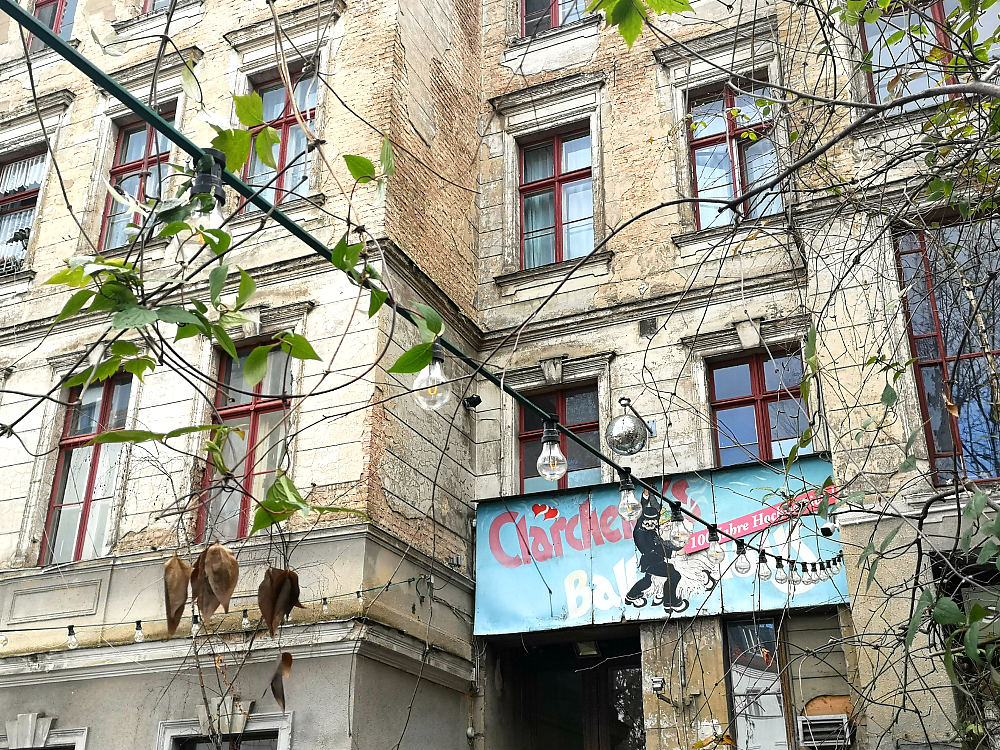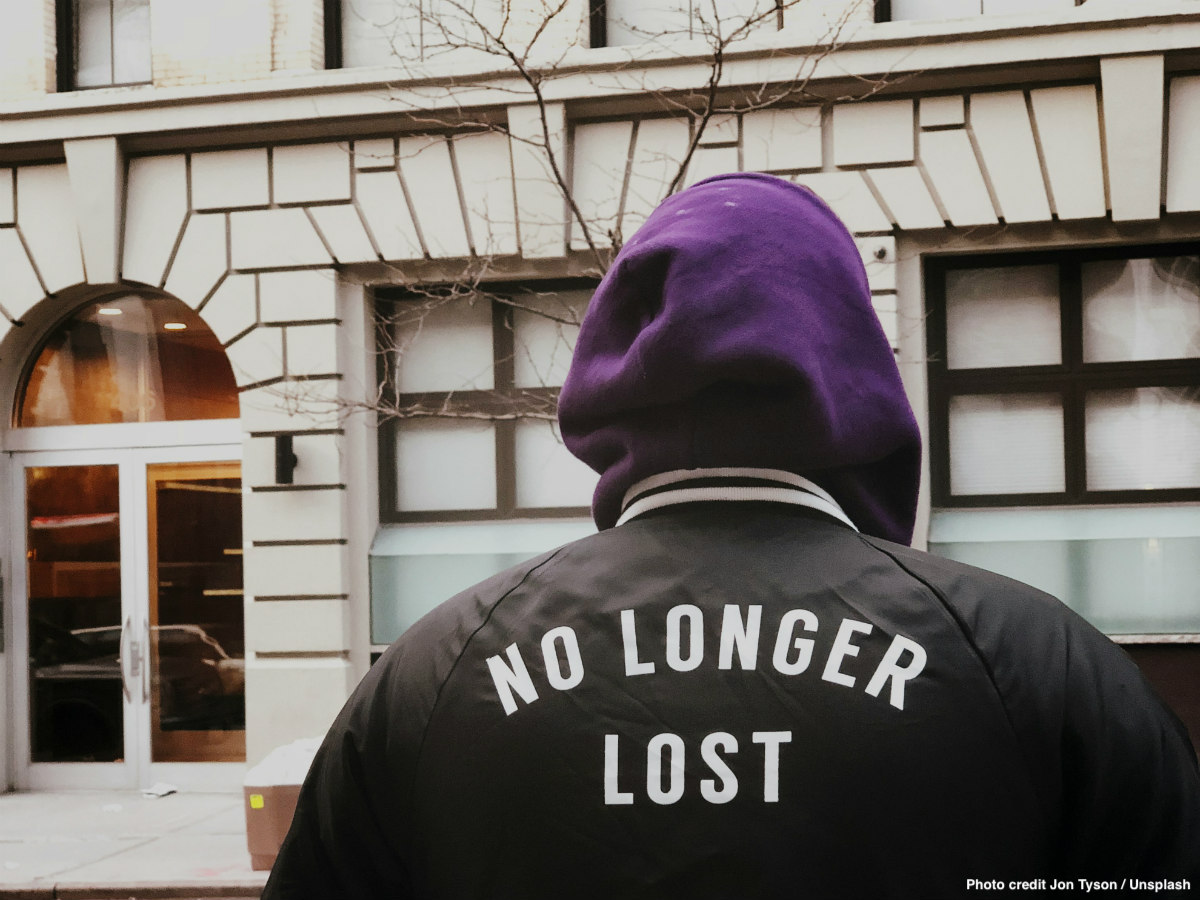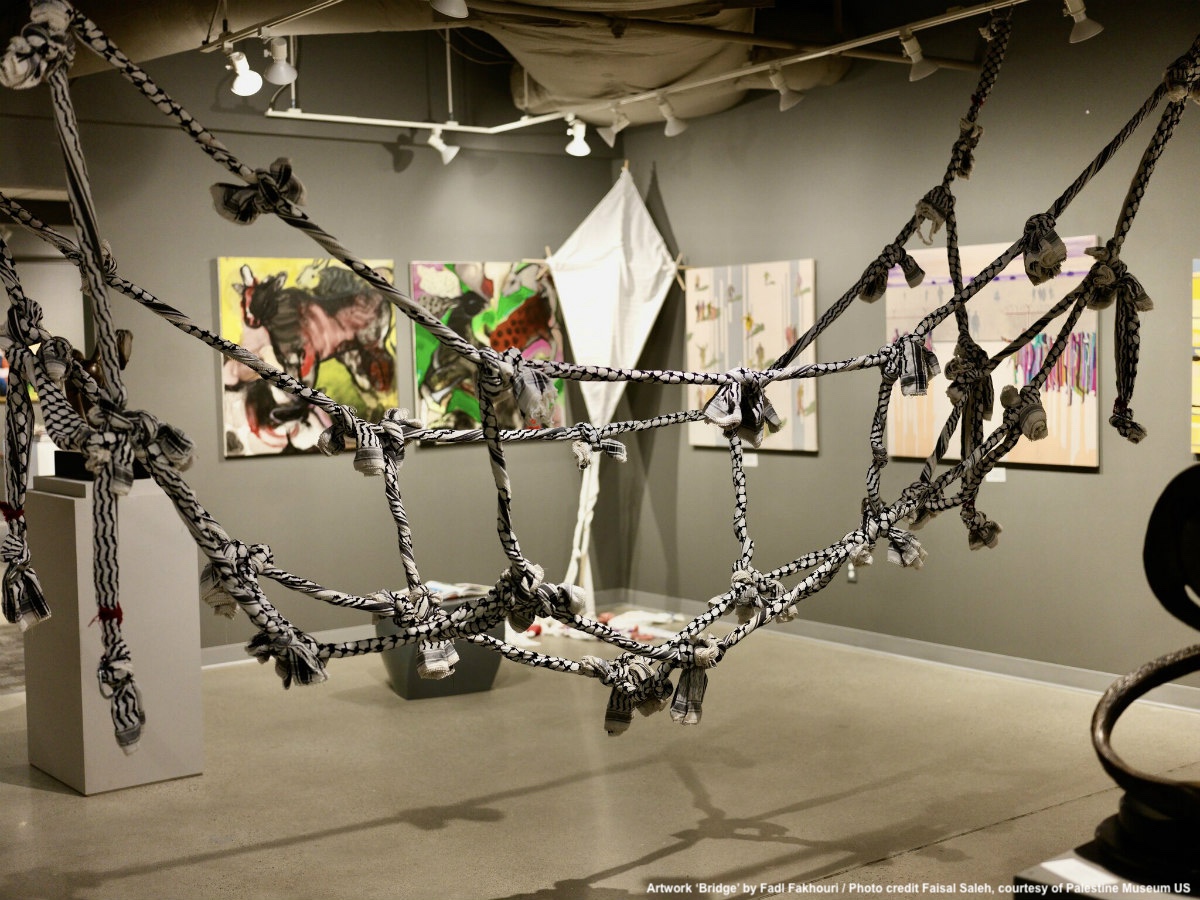In this popular and unique venue Berliners have danced and socialized for more than 100 years. Clärchens Ballhaus is, foremost, an inclusive cultural institution which her longtime owner has masterminded to keep the dancefloors busy through history: the hyperinflation in the 1920s, two world wars, the communist era in East Berlin and the fall of the Wall.
It has always remained a private property. Just in the last 16 years a different management other than the heirs of the original founder has owned and operated the place. They have determinedly upheld the nostalgic semblance inherited after the fall of the Wall.

Last year Clärchens Ballhaus changed hands to Yoram Roth.
He is a photographer and cultural entrepreneur, a businessman, some would say. This time the exceptical eyes in Berlin are on him. The focus lies within his questionable duty to serve the public as cultural gatekeeper of this place, and accordingly, to offer culture and delight to anyone. At Clärchens Ballhaus there has always been a mix of young and old, rich and poor on the dance floor.
It is a legitimate fear. People are worried. But the place will keep its inclusive spirit. Nobody would feel that they are not fine enough to go inside. Clärchens Ballhaus must be for all Berliners but there must be money for value, explains Roth.
He insists that his willingness to acquire this cultural institution was driven by a meaningful concern to protect its virtue and its rich history. Roth’s intention is to do basic maintenance works, and subsequently, a more in depth renovation but still remains true to the building’s honorable past. In its current condition, it would not survive the next 100 years.
Clärchens Ballhaus was an inclusive cultural institution at heart
Every house in a city has a story to tell, and the grandeur that makes Clärchens Ballhaus such a special place goes a long way back. It is good to shed more light on it.
Clärchens Ballhaus is located in the Auguststrasse. The street itself is a piece of art. Mostly Jewish families moved here and shaped the entire residential area. From the middle of the 19th century, new multi-storey apartments and civic buildings were built like a Jewish girls’ school and the hospital Sankt Hedwig.
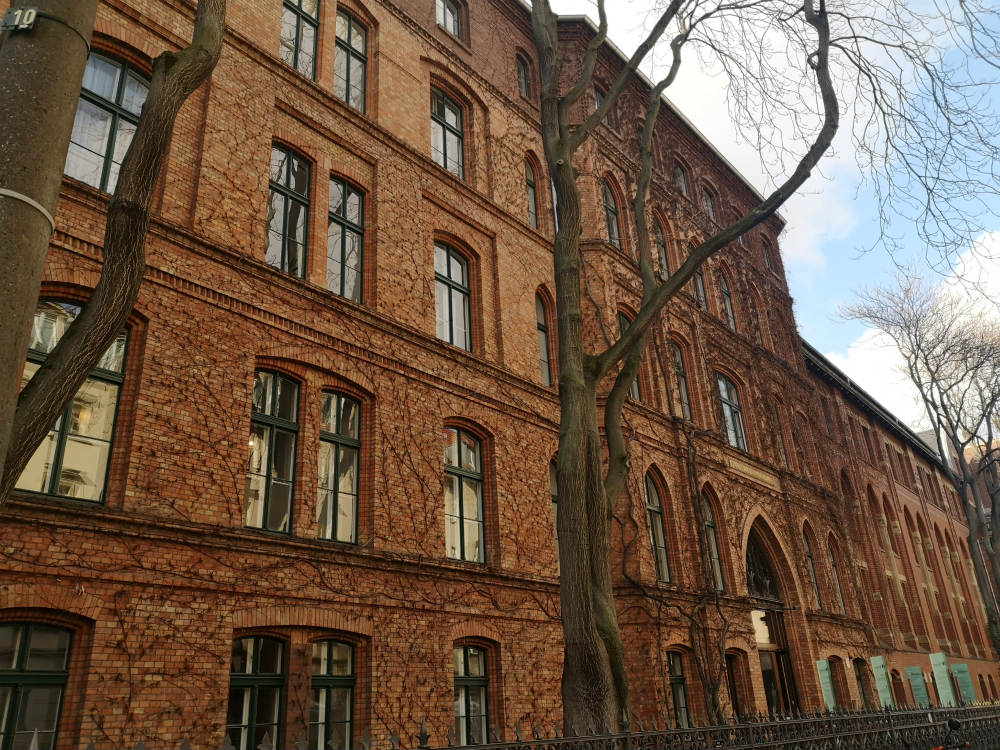
In 1913 Fritz and Clara Brühl (später Habermann) opened the dance hall “Bühlers Ballhaus” in the courtyard of Auguststrasse 24/25 being at the heart of Jewish life. It was an elegant place but never reserved for elites.
After Clara’s husband died in the First World War, she took the reins of the house and renamed it with her nickname “Clärchens Ballhaus” (translated ‘Little Clara’s dancehouse’); a bold move for a woman at that time. She was smart enough to always revive the place, even adapting to the consequences of the war, by attracting lonely wifes to the dance floor. Clärchens Ballhaus was a place of emancipation.
Later on she ran the house juggling between folk dances desired by the National Socialists and the tight dance of freedom. Whilst presumably, Clara would have saved many Jews from Nazi persecution hiding them with the help of the courageous Dr. Lux in the neighboring hospital Sankt Hedwig.
Clärchens Ballhaus keeps Berlin history alive
At that time Yoram Roth’s grandparents were fleeing Nazi Germany to Palestine. ‘My mother was born on Linienstraße, just one block from Clärchens Ballhaus, and my father on Schönhauser Allee, not far away either. I have an emotional attachment to this place’ explains Roth.
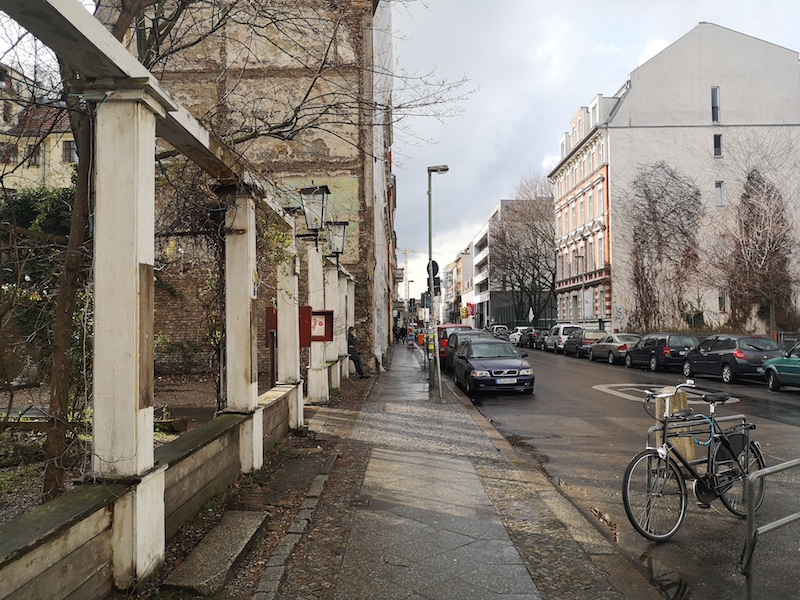
Yoram Roth is a native Berliner. He was born here after his parents returned from Israel in the 60s, went to study in the US and since 2007 is back in his hometown from where he runs many cultural businesses.
He is a cultural entrepreneur and his acquisition of Clärchens Ballhaus has encountered the growing concern in cities regarding space affordability and culture. Berlin is not different. Space scarcity is one of the biggest challenges facing culture in world cities, which threatens social cohesion and their ability to a healthy cosmopolitan mix of people.

In the same fashion, cultural engagement by museums and any other public institutions are being encouraged to provide equal access to art and culture and engage with diverse audiences. In this environment, progressive private owners are in the privileged position to contribute by finding creative ways of promoting cultural inclusion at their properties.
Clärchens Ballhaus is clearly a cultural business, admits Roth. But people tend to misunderstand something. There is a misconception that you can operate a business, like a theater or a movie house, detached from the building itself. But in fact you can’t separate the building from what happens inside.
Roth says he is committed to preserving the historic character of this inclusive cultural institution by sacrificing any profit maximisation. Otherwise, he admits, he wouldn’t have invested in a building, which is in need of serious pricey maintenance and renovation works to even guarantee visitor’s safety. Apparently the former owners were no longer investing in the building out of fear of demolition. The city has granted a long time ago a permit to build residential houses on the site.
In the last years the decline of developable land within the city boundaries of Berlin and the substantial growth of newcomers have also led to high property prices, similarly to other world cities. In fact, gentrification has reached Auguststrasse already.
The free space in front of the building of Clärchens Ballhaus (destroyed during the war) is today an idyllic beer garden under trees, which Yoram Roth promises to keep alive like the look and feel of the historic house. As far as the restaurant is concerned, the house was not known for its food, however Roth wants to serve good affordable food, which respects the heritage of the place.

He is quite a straightforward person. When I asked him at the end of our conversation what the citizens of Berlin should expect when Clärchens Ballhaus reopens, he answered without hesitation: ‘a place to have dinner with the people that you like and be the best possible way to spend time together. I can’t imagine anything better that can happen at the house. It has already been like this for a hundred and seven years for all Berliners’.
I believe the same inclusive spirit is back in the Auguststrasse, this time to save Clara’s house.
